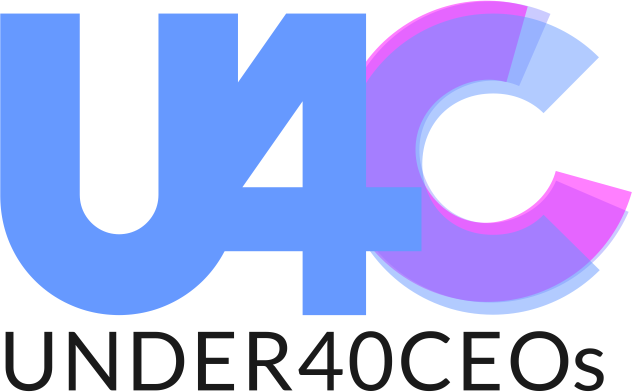
Have you thought about your brand tool kit?
As an entrepreneur, you’re passionate about your business and driven to make your mark. But amidst the hustle and bustle of launching and growing your venture, it’s easy to overlook the importance of a strong brand identity.
That’s where a brand toolkit comes in.
It’s your secret weapon for building a consistent and recognizable brand that resonates with your target audience.
So, what exactly is a brand toolkit?
Think of it as a comprehensive guide and resource kit for everything related to your brand. It’s a central location for all the elements that define who you are and what you stand for, ensuring every interaction with your audience reflects your brand’s unique personality.
Here’s why every entrepreneur needs one:
- Consistency is key: A brand toolkit helps maintain consistency across all platforms, from your website and social media to marketing materials and even customer service interactions. This consistency builds trust and recognition, making your brand more memorable.
- Empowers your team: Having a clear set of guidelines empowers everyone involved in representing your brand, whether it’s your internal team, collaborators, or external agencies. This ensures everyone is on the same page, avoiding unintentional brand misinterpretations.
- Saves you time and resources: A well-organized toolkit saves you time and effort by eliminating the need to recreate brand elements from scratch every time. It also acts as a central source of truth, preventing confusion and wasted resources.
- Attracts and retains customers: A strong brand identity attracts the right customers who resonate with your values and messaging. Consistency fosters trust and loyalty, making customers more likely to choose you over your competitors.
What should your brand toolkit include?
The specific elements of your toolkit will vary depending on your brand, but here are some common components:
- Brand logo and variations: Include different versions of your logo for various applications (e.g., primary logo, submark, favicon).
- Color palette: Define your brand’s primary and secondary colors, along with their acceptable usage for different media.
- Typography: Specify the fonts you’ll use for headings, body text, and other elements to maintain visual cohesion.
- Imagery style guide: Define the types of visuals that represent your brand and set guidelines for their use (e.g., photography style, color filters).
- Brand voice and messaging: Establish your brand’s personality and tone of voice to ensure consistent communication across all channels.
- Do’s and don’ts: Outline specific guidelines for using your brand elements to avoid misuse and maintain brand integrity.
Creating and maintaining your brand toolkit is an ongoing process, but the benefits far outweigh the effort. It’s your roadmap to building a strong and lasting brand that attracts, engages, and converts your ideal customers.
Remember, your brand is your most valuable asset. Invest in it wisely!
Under 40 CEOs Learning Hub










